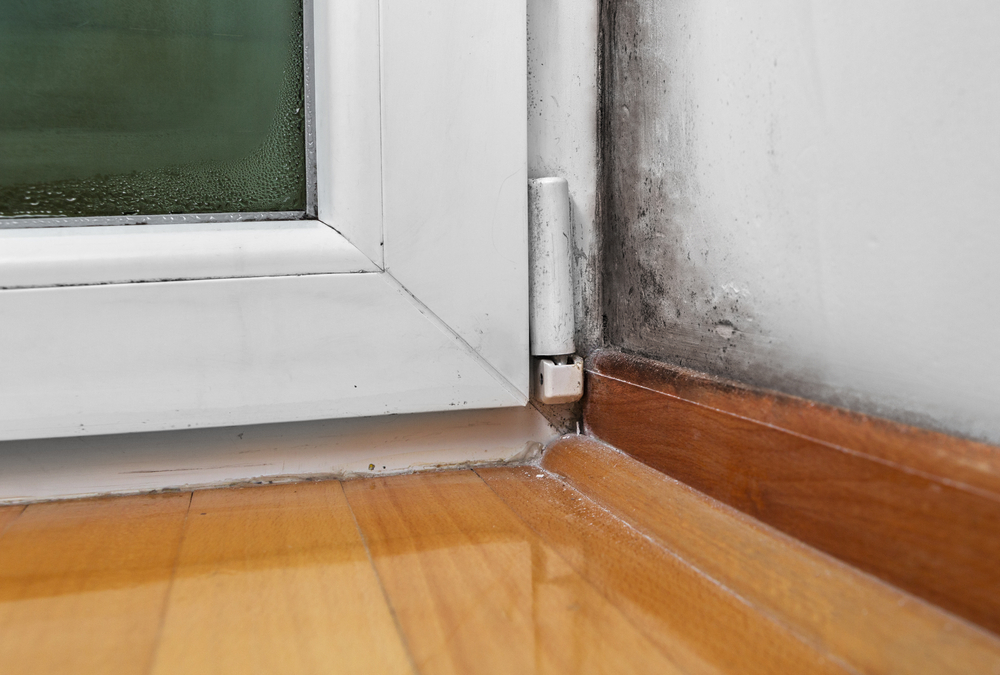
On the Eastern Shore, humidity can wreak havoc on homes and the people who live in them. High humidity usually starts to become a real issue for homeowners in the spring as the weather warms up, and can continue to cause problems all summer and well into the fall.
In fact, you might have a humidity problem in your house but it’s been around for so long that you don’t even realize it! So what are the signs of high humidity in your home, why is it so hard to control indoor humidity levels, and what can you do to decrease humidity in your house?
What Are the Signs of High Humidity in Your Home?
Probably the most obvious sign that it’s humid in your Easton or Annapolis area home is that humid air is uncomfortable! Anyone who’s lived on the Eastern Shore for long knows how summer air can be sticky and oppressive—it’s “shirt-sticking-to-your-back” weather. If you’re feeling as uncomfortable indoors as you are outside, that’s a good sign that you’re dealing with humidity problems.
Another sign of high humidity is a funky, musty odor in your home. These smells often originate in your basement or crawl space, but it won’t take long before you’re noticing them in other areas of your home, and if the problem is bad enough, it could spread throughout your entire house.
Finally, one of the most tell-tales signs (and dangers) of high humidity in your home is mold growth. Mold is often found in the lowest parts of your home, like your basement or crawl space, but if left unchecked you might start to see mold growth in your bathroom, kitchen, or other areas of your house on the walls or ceiling. Mold can trigger allergies and create health issues for your family, so if you see it in your house, it’s a good idea to address it right away.
Why Is Indoor Humidity So Hard to Control?
Humidity is so difficult to keep to recommended levels (the ideal humidity in a house is between 40 and 60%) because there are many ways that humid air and moisture can get into your home. Cracks and gaps in your building’s exterior can let in humid outdoor air. Open windows in the summer can be good for cooling your house down, but you could be letting humid air inside at the same time. Finally, your basement or crawl space can be filled with cracks and areas with water or moisture making its way inside.
How Can You Control the Humidity in Your Home?
Once you’ve gotten a moisture and humidity assessment and better understand the underlying causes of humidity in your home, there are a few different ways you can go about addressing high indoor humidity.
Ventilation
Proper ventilation in your home can help prevent humid air from getting trapped inside your home. Ventilation can range from properly designed and installed bathroom fans and kitchen hood vents to whole home fresh air ventilation systems which exchange stale indoor air with fresh, filtered outdoor air while keeping humidity levels under control.
Dehumidification
Dehumidifiers remove humidity from the air and can help create a healthier, drier home and prevent the humid environment that mold needs to grow. There are single room, portable dehumidifiers that can provide solutions for smaller, confined spaces, and whole home dehumidifiers that work in concert with your HVAC system. If you have a central AC system, that unit is removing humidity from the air at the same time that it’s cooling it, but if the humidity is high enough, you may need additional help.
Crawl Space and Basement Insulation and Encapsulation Solutions
Finally, one of the most common sources of high humidity that we see in local homes comes from issues in their basements and crawl spaces. No matter what additional steps you take, you’ll always be dealing with humidity problems and potential health issues if you don’t take steps to address the underlying cause—moisture and water getting into your house through your foundation.
With crawl space encapsulation and basement insulation services, we can help better protect the bottom areas of your home from energy waste and moisture. An encapsulated basement or crawl space is drier, healthier, and more energy efficient, and you’ll feel and notice the difference throughout the rest of your home as well.